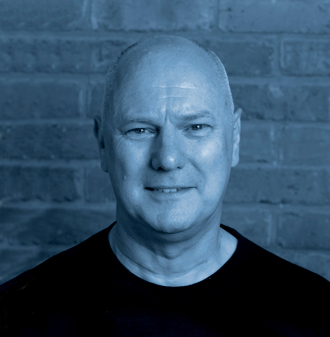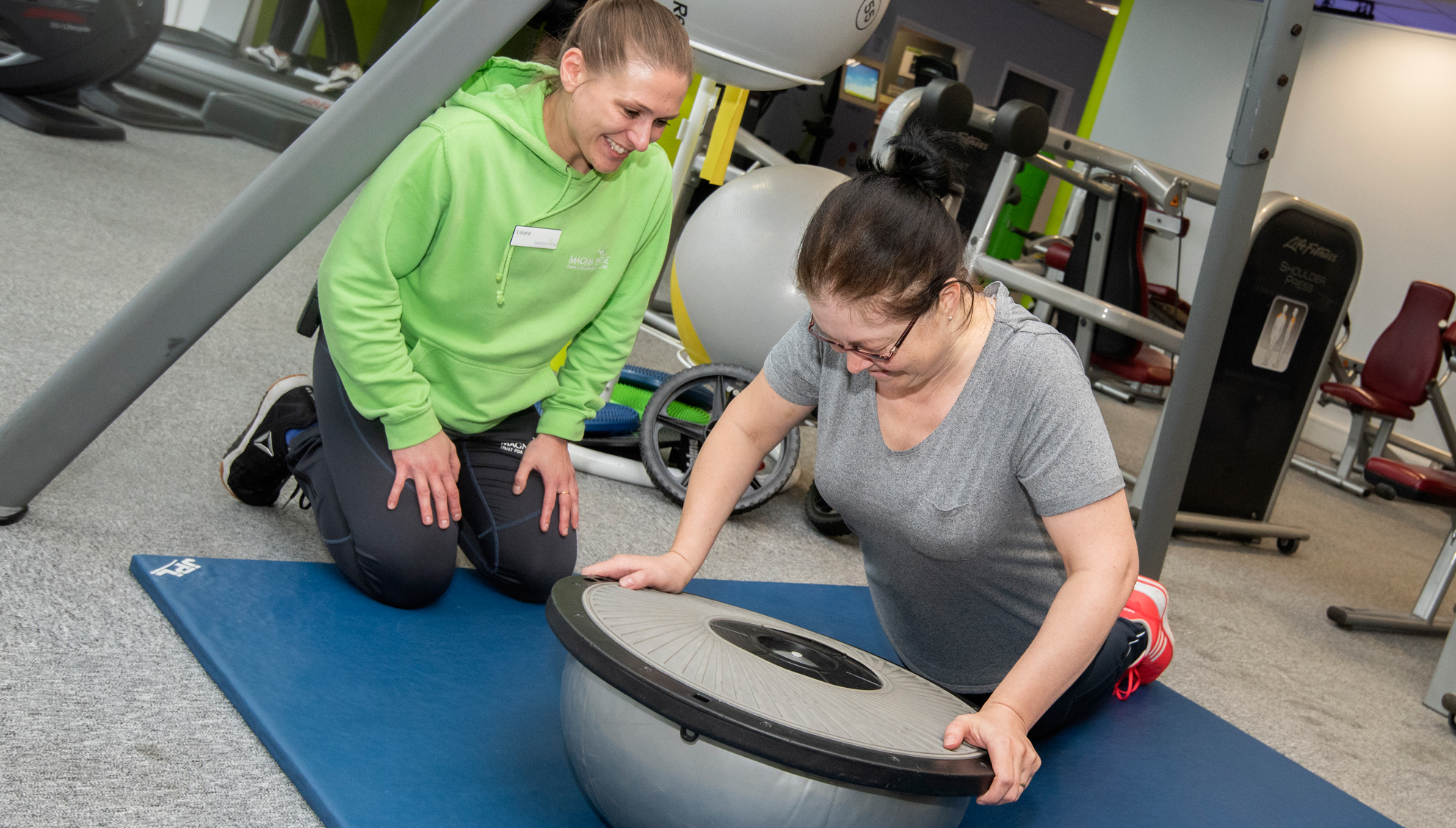In today’s competitive market, when another operator opens up nearby, you can expect to lose 20-50 per cent of customers for a period of 6-18 months.
What can you do to survive, thrive and maintain a profitable facility, by planning for and responding to this kind of challenge?
Blurred lines
The fitness industry used to consist of big clubs and small clubs; it was very linear, but now we have brands with no physical club at all, such as Gympass, ClassPass and Hussle and options for consumers are now so broad it’s no longer enough just to have a good location.
Add to that the diversity we’re seeing with the development of facilities, such as Clip ‘n Climb, Bear Grylls Fitness, table tennis concept, SPIN and relaxation and meditation centre, CH/LL and with streaming of fitness now so readily available, anyone and everyone can have access to exercise and guided workouts.
With the industry evolving, diversifying and niching as it matures, health and fitness operators need to defend their market and make significant gains in both member acquisition and retention in order to survive. We’d advise concentrating on three areas:
• Create a differentiated proposition from the competition in order to sustain the business in the long-term by standing out from rivals.
• Consolidate and increase your gross membership base – being the dominant operator in your market and location will help to maintain and increase your market share
• Increase the lifetime value of each member – not just by increasing the length of their membership or the amount they pay each month, but also by increasing the amount they pay out as secondary spend in areas such as on F&B, supplements, food deliveries or retail. With the right strategy, you could have members who spend a considerable amount in your club in a short period of time



























































